- Savage Blog
- How and When to Rattle for Bucks
How and When to Rattle for Bucks
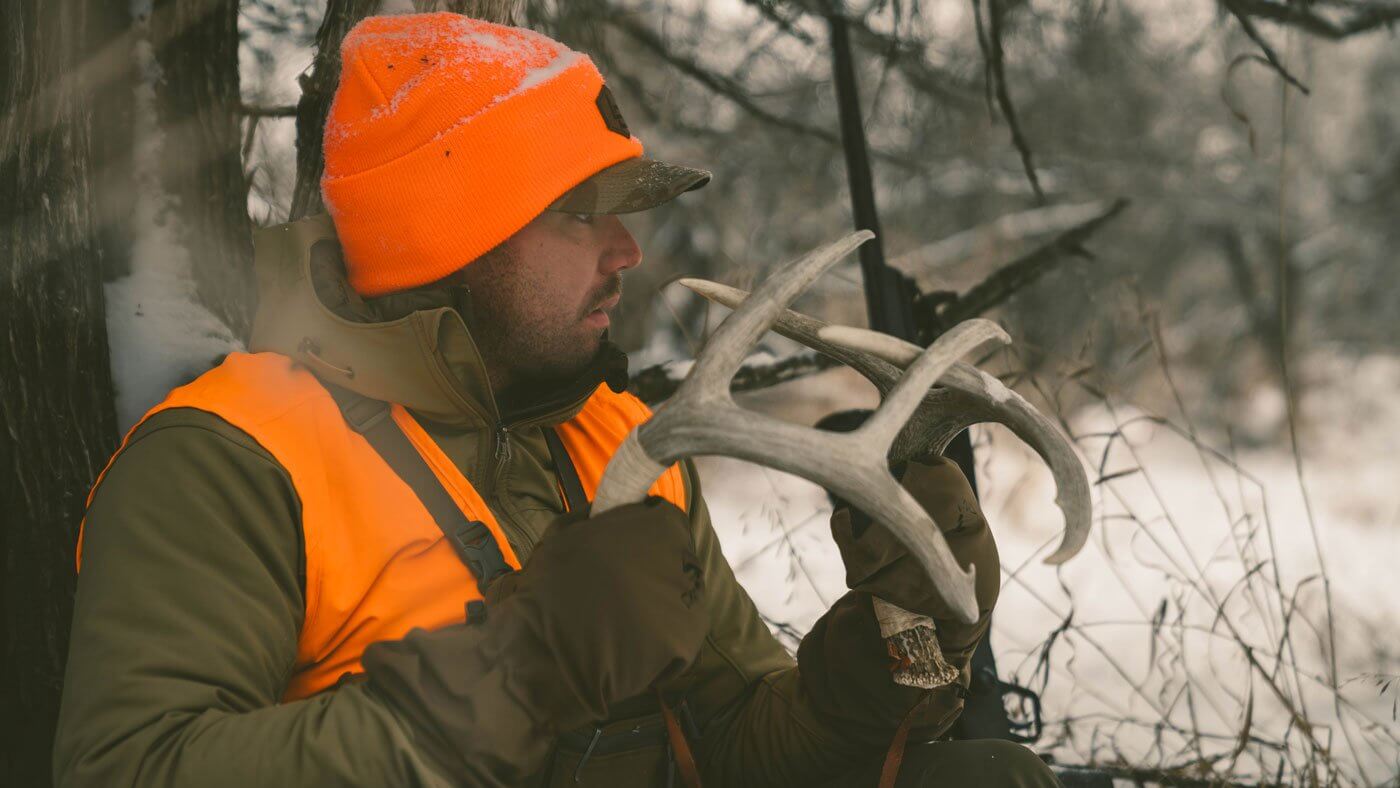
Nothing amps up the ante in the woods quite like a fight, especially when it comes to whitetail deer. Rattling has been a tried and true method for decades to fire up mature bucks and bring them into your setup, especially in the heat of the rut. If you want to learn how and when to rattle for bucks to maximize your success in the woods, we’ve got you covered. Dive into this blog to learn what rattling is, how to rattle in a buck, and when to rattle for bucks. Let’s get into it!
What is “Rattling”
Rattling is imitating the sound of two bucks fighting. Bucks will begin to spar and fight leading up to the rut to establish dominance in the herd, and the fighting will continue and intensify into the rut. This instinct to fight is what makes rattling an effective tactic, as it is often used to appeal to a buck’s territorial nature during the rut or pique their curiosity. If a dominant, mature buck hears a fight in his area, he will often come running in to check things out or join in the fight.
There are several different ways to imitate this fighting when you rattle for bucks. You can use a pair of shed antlers that you’ve found on the ground, antlers from a buck that you’ve previously harvested, or commercial options like rattle bags or synthetic antlers. Any of these can be effective with the proper cadence and usage!
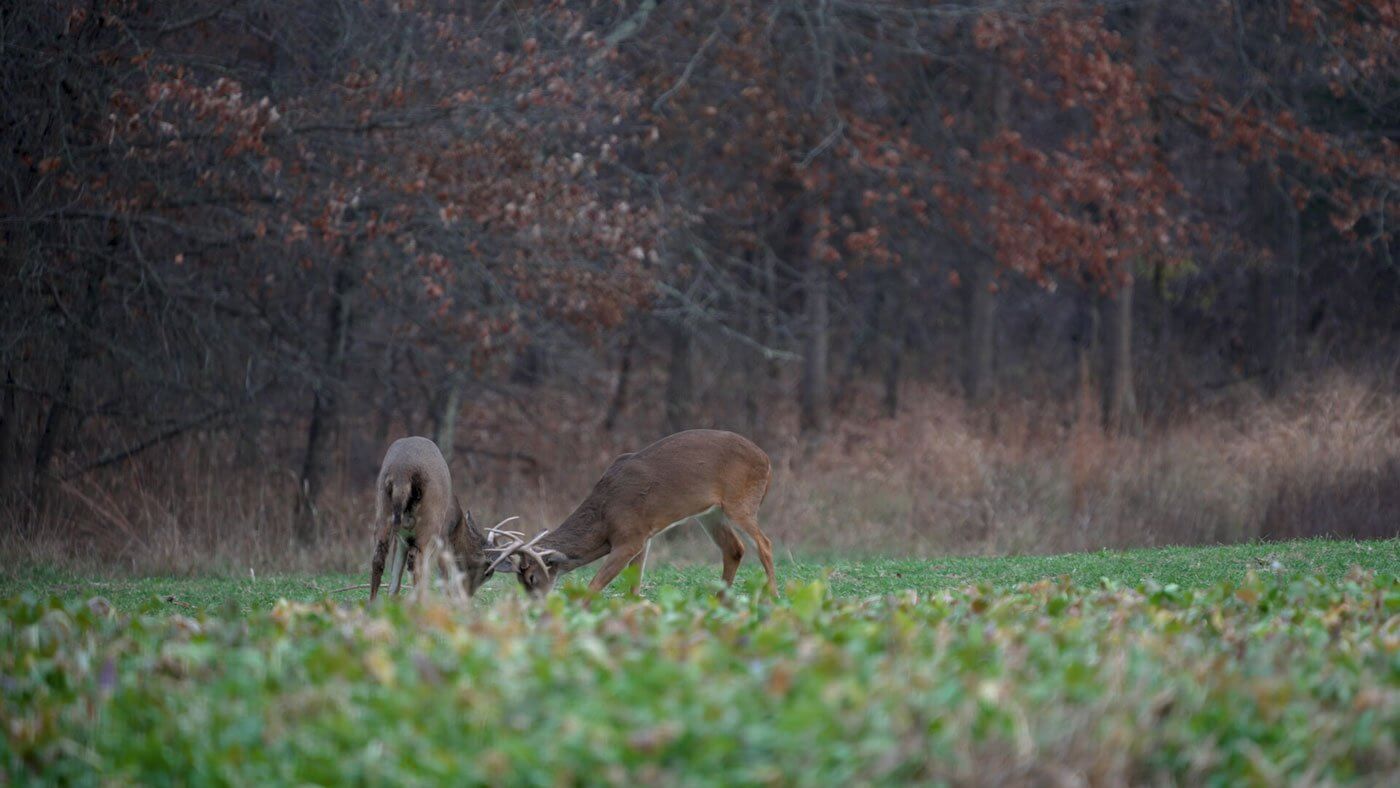
How to Rattle in a Buck
Before we go over when to rattle for bucks, let’s get into how you’re going to rattle that buck into range. If you’re not familiar with the technique for rattling, here’s how it’s done:
If you’re using real or synthetic antlers, hold the base of the antlers in your hands about shoulder width apart. A pro tip for those using real antlers: cut off the brow tines of the antlers to prevent smashing your fingers and thumbs when rattling!
To start the sequence, bring the antlers together with a mild amount of force. Twist the antlers together, pull them apart, and repeat.
As you continue to clash and twist the antlers together, start increasing the tempo and intensity of the strikes to create louder crashes and impacts.
Continue this sequence for several minutes, with pauses spread in between to listen for deer that may be coming into the sound.
For those using a rattle bag, simply press and rub the bag between your hands. The faster you rub the bag, the louder and more chaotic the sound will be.
Rattling for bucks can be thought of in a similar way to turkey calling. When you first start to call, start out softer and more subtle. If you start crashing antlers against each other out of the blue, you could easily spook a buck that you didn’t know was nearby. This also helps to imitate the start of a buck fight, where the deer are still sizing each other up.
As your calling sequence goes on, start increasing the intensity of your calling. Hit the antlers harder together and faster to mimic the increasing intensity of the fight. You can also add extra realism to your rattling by hitting your antlers against trees, or by scraping in the leaves and stomping your feet if you’re on the ground. If you have a grunt tube, try mixing in some aggressive grunts into your rattling to help sell your scene even more. While an individual rattling session can last for 10-15 minutes, especially during the rut, make sure you aren’t rattling constantly during that time. Take 1-2 minute pauses during your calling sequence to listen for deer that may be coming in. After finishing your calling sequence, give deer plenty of time to come in before trying to rattle again.
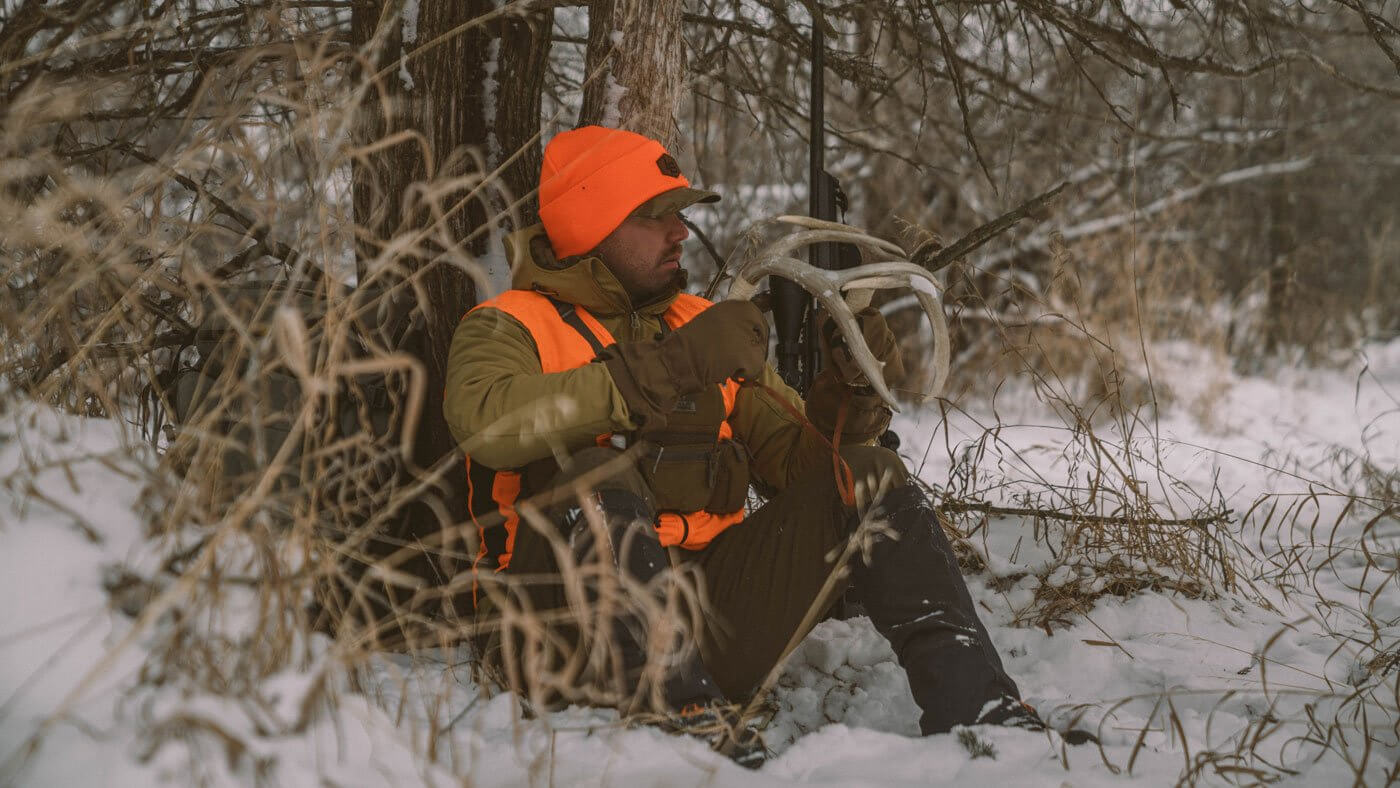
Timing Your Rattles Right
Several factors affect when to rattle for bucks, including deer activity, the timing of the rut, and environmental factors.
Time your rattling around peak deer activity. This is typically early in the morning as bucks are heading to their beds, and later in the evening as they are leaving their beds and searching for does and food.
Rattling is most useful during the peak rut, when breeding activity is at its highest, and the post rut, when some bucks are still breeding does and testosterone is still high.
Rattling works best on calmer days. Bucks will be less likely to hear your rattling on windy days, so keep your rattling focused on days that are clear and calm to attract the most attention.
Cooler weather is ideal. When the weather cools off, deer activity tends to increase. As bucks are cruising, looking for does, they’ll be more likely to walk through your area and hear your rattling.
Try to position yourself in a favorable wind to prevent incoming bucks from picking up your scent and blowing your stand.
If you’ve been sitting throughout the day and haven’t seen much deer activity, don’t be afraid to use rattling as a way to spark some activity. This can be especially useful during the rut, when bucks may be cruising all day, covering territory looking for does.
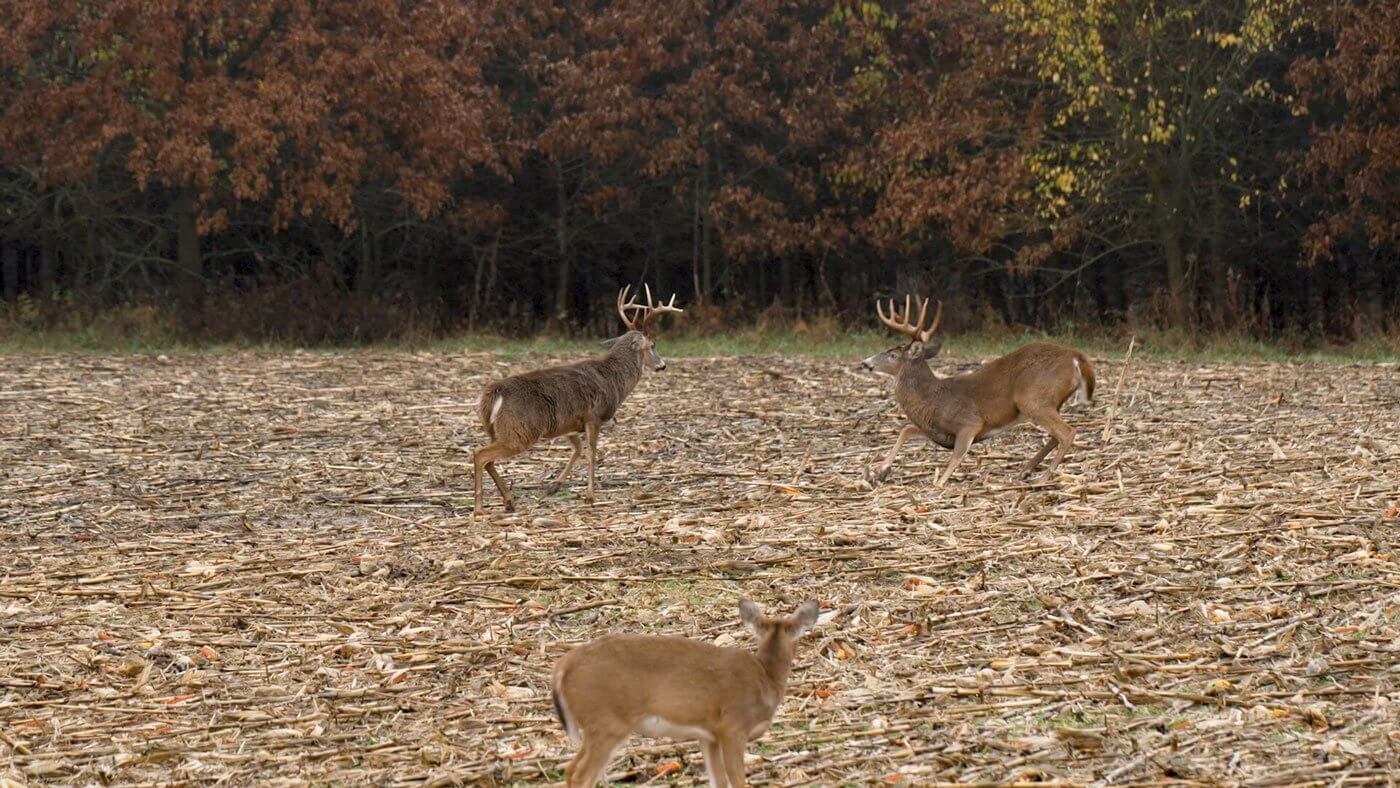
Rattling in the Rut
If there’s one time to know when to rattle for bucks, it has to be the rut. It’s the peak of deer breeding activity, when bucks go wild and things get unpredictable. Rattling during the rut has two effects. One, it gets the attention of aggressive bucks in the area looking to fight and drive off rivals. Two, it can draw in cruising bucks that you haven’t seen up to that point in the season as they expand their home range looking for does.
The rut is a great time to get more aggressive with your rattling. Your calling sequences during the rut can be longer, louder, and mixed in with more aggressive grunting. These sequences are great for imitating the aggressive behavior of bucks during the rut, and can help draw in deer from a long way off that may not have been looking to come through your stand. 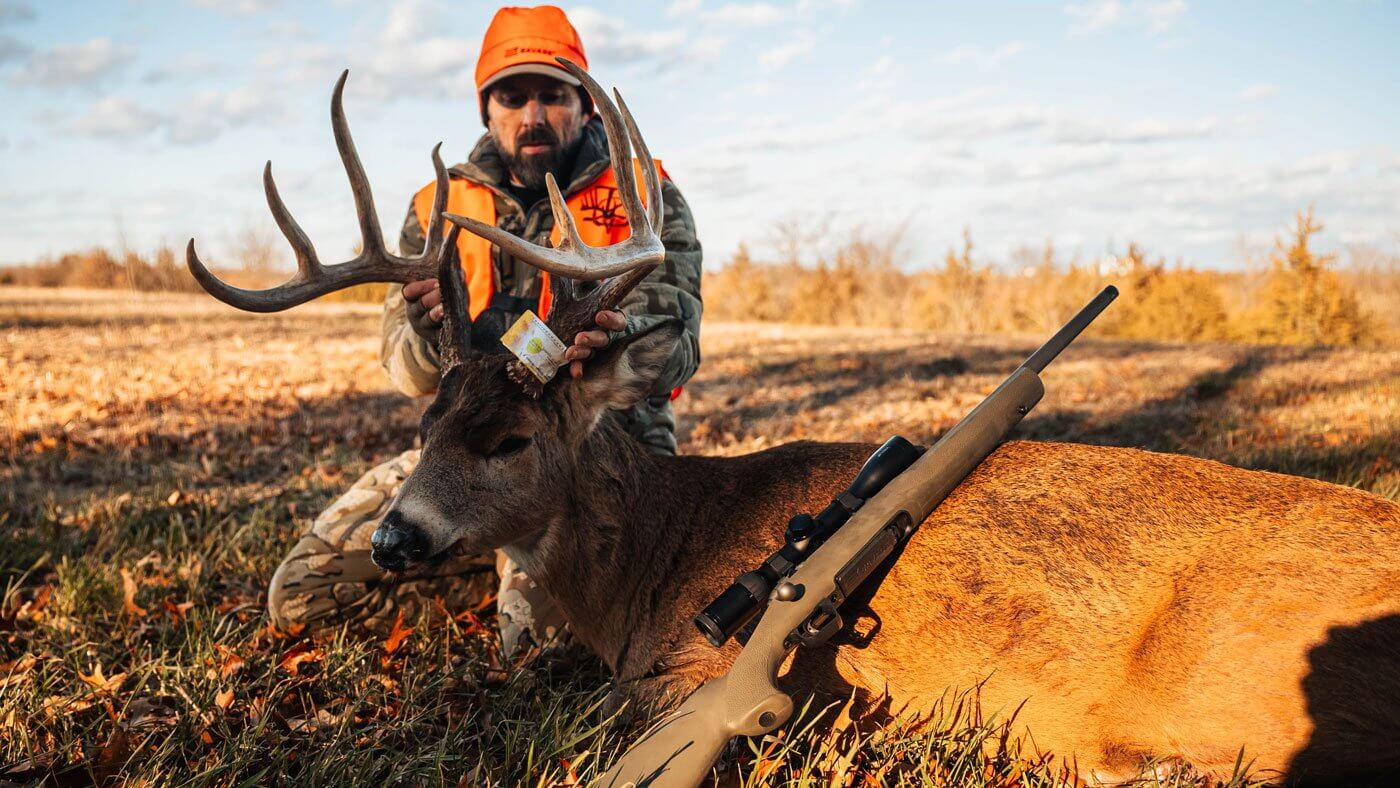
From the peak of the rut to late-season hunts, rattling is a great tactic for luring in mature whitetail bucks. While you can read all about how and when to rattle for bucks, the best teacher is experience out in the woods. So if you haven’t tried rattling already, get out in the woods this fall and give it a shot. You may just harvest your best buck yet!

